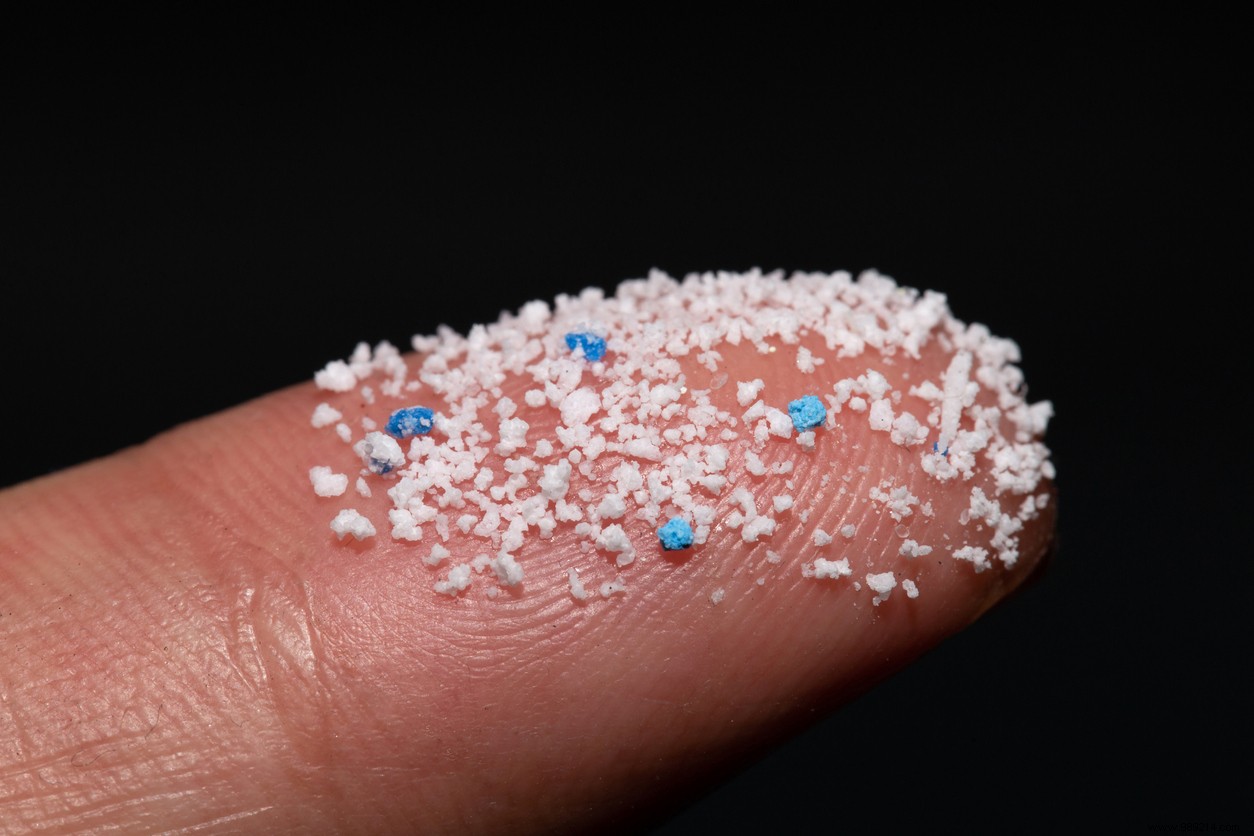According to a study, pathogens are able to travel from land to the seas using plastic particles. However, researchers believe that this can have consequences for both human health and the environment.
Now more than ever, microplastics are a cause for concern. It must be said that these fragments are found almost everywhere on Earth , from mountain ranges to the seabed, including the Arctic and Antarctica. A few weeks ago, doctors even isolated microplastics from the lungs of living humans for the very first time. A team from the universities of California at Davis, Nebraska at Lincoln (USA) and Toronto (Canada) recently claimed that microplastics can spread diseases from land to the oceans.
Their study published in the journal Scientific Reports on April 26, 2022 has as its starting point the following hypothesis:towns and villages contaminate water with pathogens that could end up in the oceans by clinging to microplastics. As part of their work, the researchers focused on three pathogens in particular :Toxoplasma gondii, Cryptosporidium parvum and Giardia enterica . They are respectively responsible for toxoplasmosis, cryptosporidiosis and giardiasis. However, these are diseases capable of contaminating both humans and other animal species.

Remember that microplastics are about the size of a grain of rice, i.e. less than 5 mm . The scientists used two kinds in their study, namely polyethylene microbeads and polyester microfibers. The former are mainly found in cosmetics and the latter in fishing nets, but also, and above allin clothing from which they emanate after machine washes. First, the researchers placed these microplastics in seawater for two weeks. The goal? Allow the formation of a biofilm (layer of bacteria) on their surface. Then, these particles were placed in vials containing seawater alone or water contaminated with one of the three bacteria mentioned.
For a week, the scientists observed their samples. First, they observed that more bacteria clung to the microfibers than to the microbeads. The conclusion is clear:at least a thousand times more bacteria are present on 1 g of plastic than in 1 ml of sea water.
According to the study, plastic particles are therefore a means facilitating the spread of pathogens . There are those that float and travel very long distances, spreading terrestrial agents to distant lands. However, there are also those that sink to the bottom of the water and unfortunately concentrate pathogens in the environment. However, the seabed is home to zooplankton or even shellfish such as mussels, oysters, clams, etc. Unsurprisingly, researchers believe that the spread of pathogens can backfire on humanity. Indeed, these germs could at the end of the chain end up at the same time in water and food that we consume.
While more studies need to be conducted in real conditions rather than in the laboratory, this research already shows the importance of preventing the sources of microplastics in the oceans. This notably involves the installation of filters on washing machines and dryers or the treatment of rainwater. It is also essential to monitor possible releases of plastic, especially from industries and other construction sites.